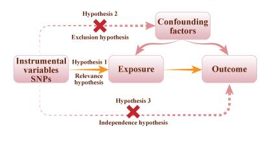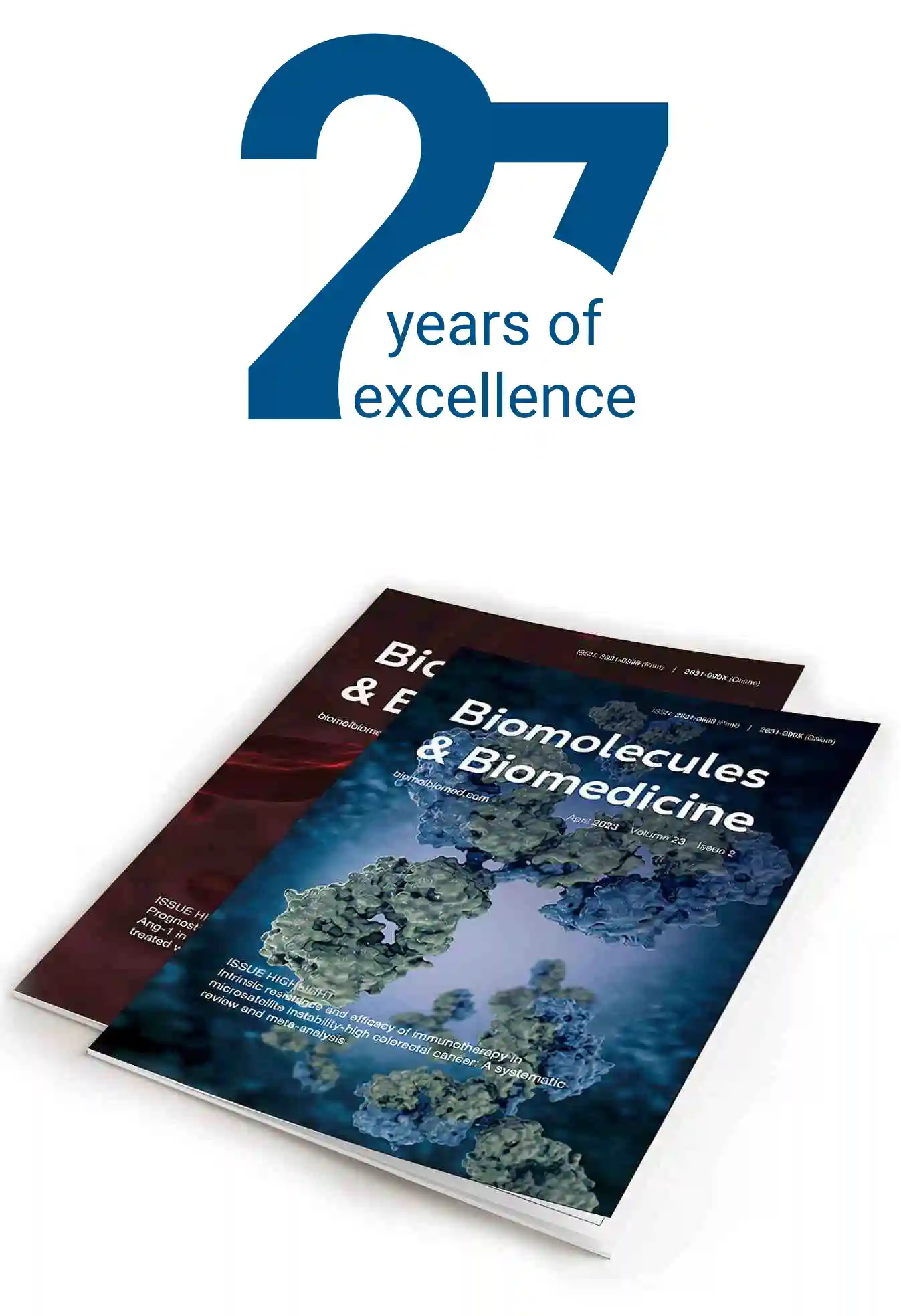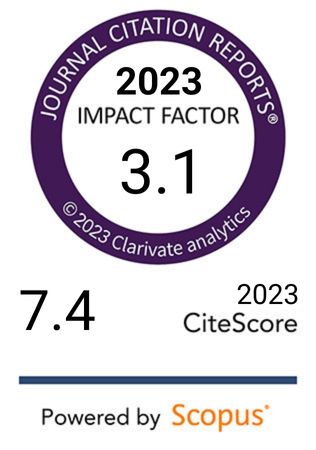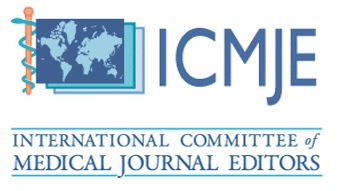Genomic correlation, shared loci, and causal link between obesity and diabetic microvascular complications: A genome-wide pleiotropic analysis
DOI:
https://doi.org/10.17305/bb.2025.11897Keywords:
Shared genetic architecture, obesity, diabetic microvascular complications, global genetic correlationAbstract
Observational studies have identified a connection between obesity and microvascular complications in diabetes, yet the genetic contributions to their co-occurrence remain incompletely understood. Our research aims to explore the shared genetic architecture underlying both conditions. We employed linkage disequilibrium score regression (LDSC) and Local Analysis of [co]Variant Association (LAVA) to assess genetic correlations between obesity and diabetic microvascular complications. To validate shared genetic regions, we conducted pleiotropic analysis under the composite null hypothesis (PLACO), functional mapping and annotation (FUMA), and colocalization analysis. Additionally, we applied Multimarker Analysis of GenoMic Annotation (MAGMA), Summary-based Mendelian Randomization (MR), multi-trait colocalization, and enrichment analysis to identify potential functional genes and pathways. Finally, MR and latent causal variable (LCV) analysis were used to clarify causal and pleiotropic relationships across trait pairs. Among 21 trait pairs analyzed, 15 exhibited significant global genetic correlations, and 97 regions showed significant local correlations. PLACO identified 3659–20,489 potentially pleiotropic single nucleotide polymorphisms (SNPs) across 15 trait pairs, with 828 lead SNPs detected via FUMA. Colocalization analysis confirmed 52 shared loci. Gene-based analysis identified seven unique candidate pleiotropic genes, with ribosomal protein S26 (RPS26) emerging as the strongest shared gene. MR and LCV analyses supported a causal relationship between BMI and diabetic kidney disease (DKD). Our findings highlight a shared genetic basis linking obesity with diabetic microvascular complications. These insights offer potential pathways for understanding the mechanisms driving their comorbidity and may inform more integrated therapeutic approaches.
Citations
Downloads

Downloads
Additional Files
Published
Issue
Section
Categories
License
Copyright (c) 2025 Wei Zhang, Qinghua Zhang, Yan Luo, Leilei Ma, Xuejun Wang, Qiao Zheng, Xiaotian Zhang, Shentao Wu, Zhan Li, Yingfei Bi

This work is licensed under a Creative Commons Attribution 4.0 International License.









